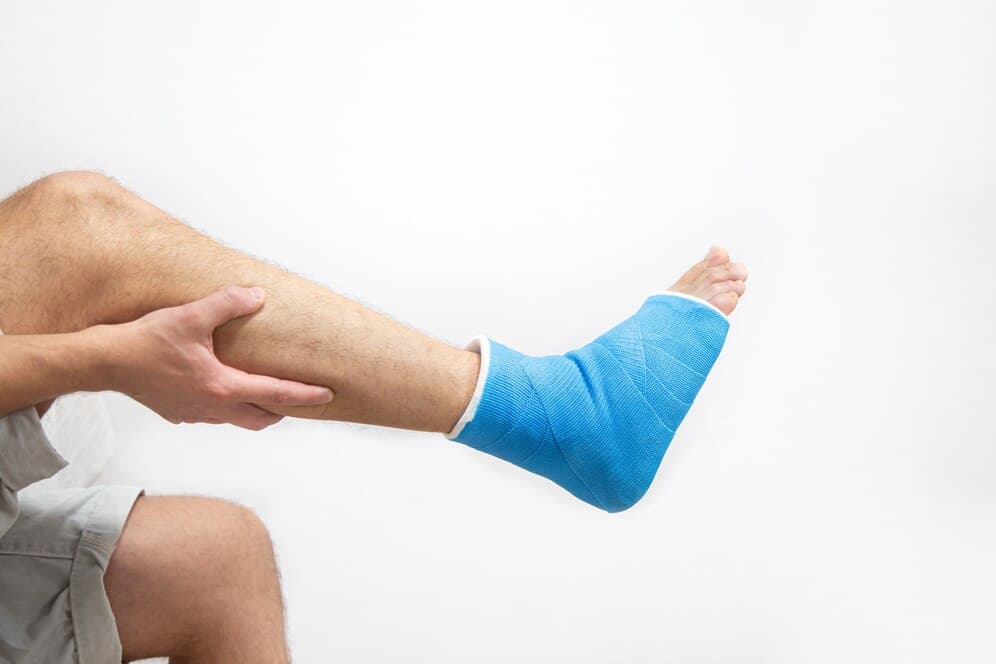Ankle injuries are a common predicament that affects individuals across various age groups and activity levels. Whether it’s a result of sports, accidents, or even everyday activities, the repercussions of an ankle injury can be long-lasting and debilitating. Fortunately, one effective preventive measure is ankle bracing. This article delves into the numerous benefits of ankle bracing, highlighting how it assists in preventing re-injury and enhancing stability, ultimately leading to a better quality of life for those affected.
Understanding Ankle Injuries and Their Impact
Ankle injuries, particularly sprains, are among the most frequent injuries experienced by athletes and non-athletes alike. A sprain occurs when the ligaments connecting bones in the ankle are stretched or torn, typically due to sudden movements or awkward landings. The intensity of these injuries can vary significantly, from mild strains to severe tears that may necessitate extensive rehabilitation.
The consequences extend beyond physical pain; an ankle injury can lead to decreased mobility, prolonged recovery times, and psychological effects such as anxiety about re-injury. This fear can hinder individuals from returning to their favorite activities, whether it be running, hiking, or simply walking without discomfort. Therefore, it is crucial to adopt preventive measures that not only facilitate healing but also bolster stability to avoid future injuries.
The Role of Ankle Bracing in Injury Prevention
Ankle bracing is a proactive approach to mitigating the risk of re-injury. By providing external support to the ankle, braces help stabilize the joint, limiting excessive movement that could result in further damage. There are several types of ankle braces available, each designed for different levels of support and specific activities.
For instance, rigid braces offer maximum support and are ideal for individuals recovering from significant injuries. Conversely, softer braces provide a level of compression and support that is beneficial during physical activities. Regardless of the type, the primary function remains consistent: to create a supportive environment for the ankle, allowing for both protection and comfort.
Research indicates that athletes who utilize ankle bracing during sports activities experience a lower incidence of re-injury compared to those who do not. A study published in the American Journal of Sports Medicine found that athletes wearing ankle braces reported significantly fewer injuries over a season than their unbraced counterparts. This evidence underscores the importance of incorporating ankle braces as a standard preventative measure, particularly for those involved in high-risk sports.
Enhancing Stability Through Ankle Bracing
In addition to preventing re-injury, ankle bracing plays a pivotal role in improving overall stability. Stability is essential not only for athletes but also for individuals engaging in everyday tasks. A stable ankle joint ensures proper alignment and function of the entire lower limb, which is crucial for balance and mobility.
When an ankle is compromised, compensatory movements often arise, leading to altered gait patterns that can impact the knees and hips. By providing the necessary support, ankle braces help maintain proper biomechanics, allowing individuals to move more efficiently and confidently. This is particularly beneficial for those returning to sports or physical activities post-injury, as it fosters a sense of security and encourages proactive participation.
Moreover, ankle braces can be instrumental during rehabilitation. Physical therapists often recommend incorporating braces into a recovery program, as they allow patients to progressively regain strength and range of motion while minimizing the risk of setbacks. This gradual approach not only aids in rehabilitation but also empowers individuals to take an active role in their recovery, fostering a positive mindset.
Selecting the Right Ankle Brace
Choosing the appropriate ankle brace is crucial for maximizing the benefits of support and stability. Factors such as the type of injury, activity level, and personal comfort should be considered when selecting a brace. Individuals should consult with healthcare professionals or physical therapists to determine the most suitable option for their specific needs.
It’s essential to ensure that the brace fits well and is worn correctly. An ill-fitting brace can lead to discomfort and may not provide the desired level of support. Many braces are adjustable, allowing for a customized fit that accommodates swelling and changes in foot size during activity. Additionally, individuals should be aware of the materials used in the brace, as breathable fabrics can enhance comfort during prolonged wear.
The Psychological Benefits of Ankle Bracing
Beyond the physical advantages, ankle bracing offers significant psychological benefits. The fear of re-injury can be daunting for many individuals, particularly those who have experienced severe ankle injuries in the past. Wearing a brace can provide a sense of security, allowing individuals to engage in activities with increased confidence.
This psychological factor cannot be understated, as it influences overall performance and enjoyment in physical activities. Feeling secure in one’s movements encourages individuals to push their boundaries, whether in sports or daily activities, ultimately leading to improved fitness and well-being.
For athletes, the mental aspect of performance is critical. Knowing that they have support can ease anxiety and enhance focus during competitions. This mental fortitude is essential for achieving peak performance, as distractions and fears can hinder athletic prowess.
Conclusion
In conclusion, ankle bracing serves as a vital tool in preventing re-injury and enhancing stability for individuals recovering from ankle injuries or those engaged in high-risk activities. The multitude of benefits ranging from physical support to psychological reassurance makes ankle braces an indispensable part of injury prevention strategies. By selecting the appropriate brace and incorporating it into their routine, individuals can reclaim their mobility and confidence, paving the way for an active lifestyle.
For those seeking in-depth insights and resources on health and wellness, Ler Magazine offers a wealth of information. Explore our articles to empower your journey toward recovery and stability. Don’t wait take the first step today!





Comments